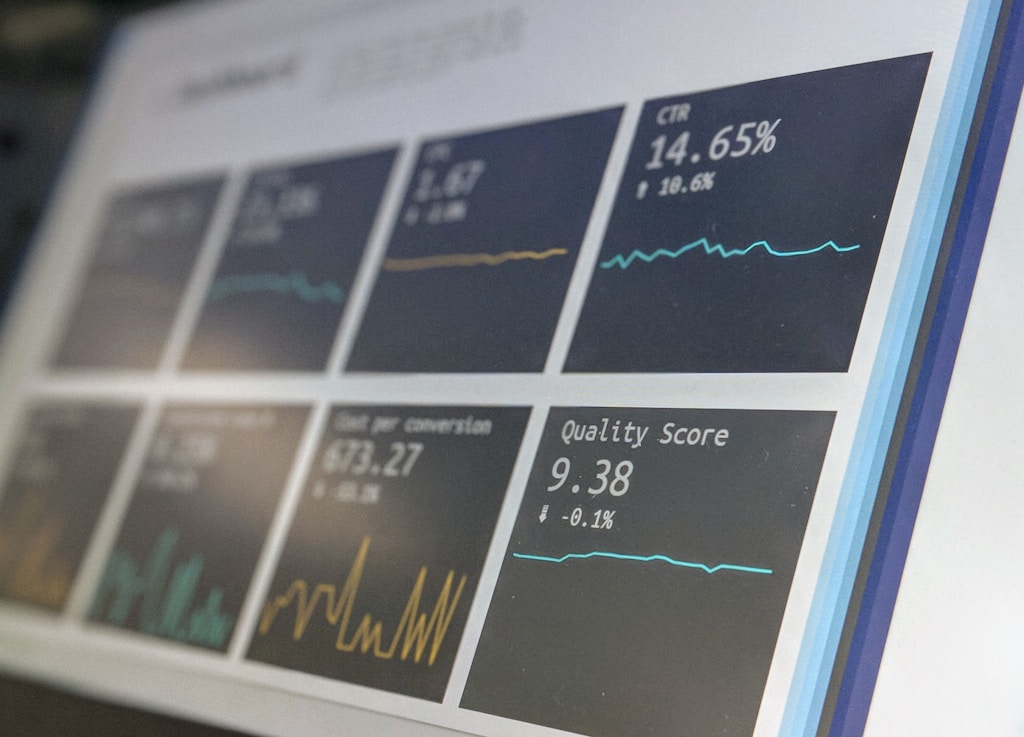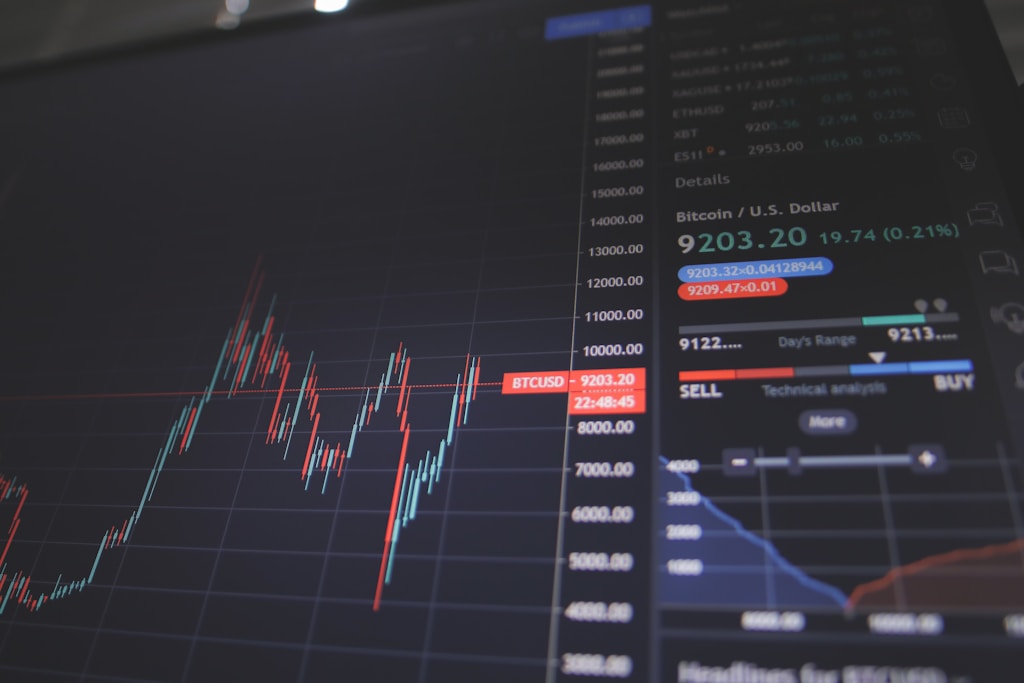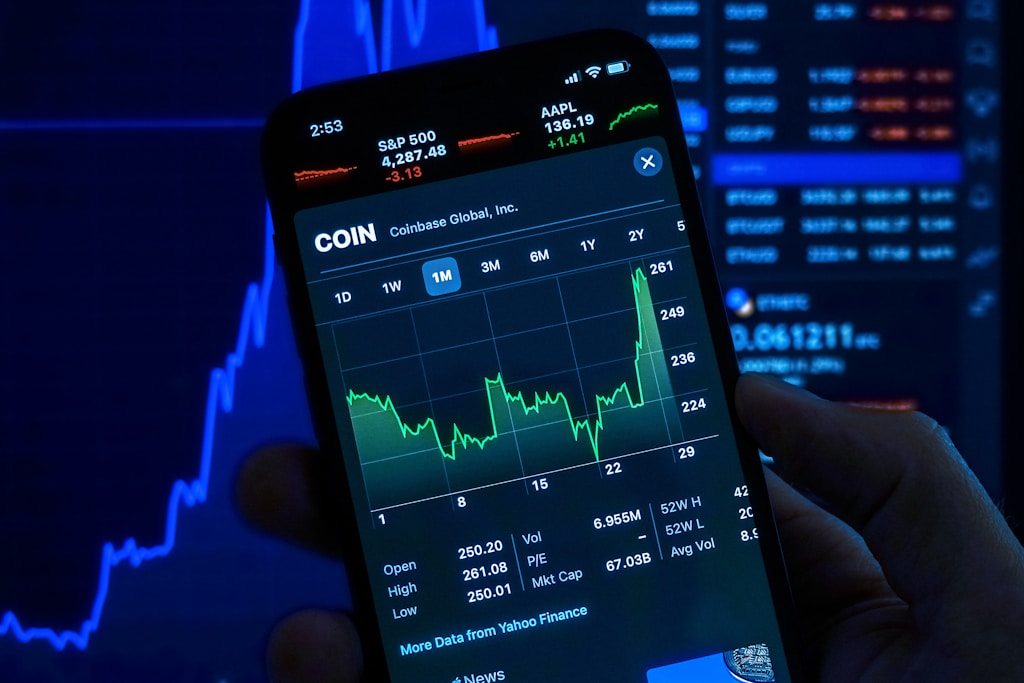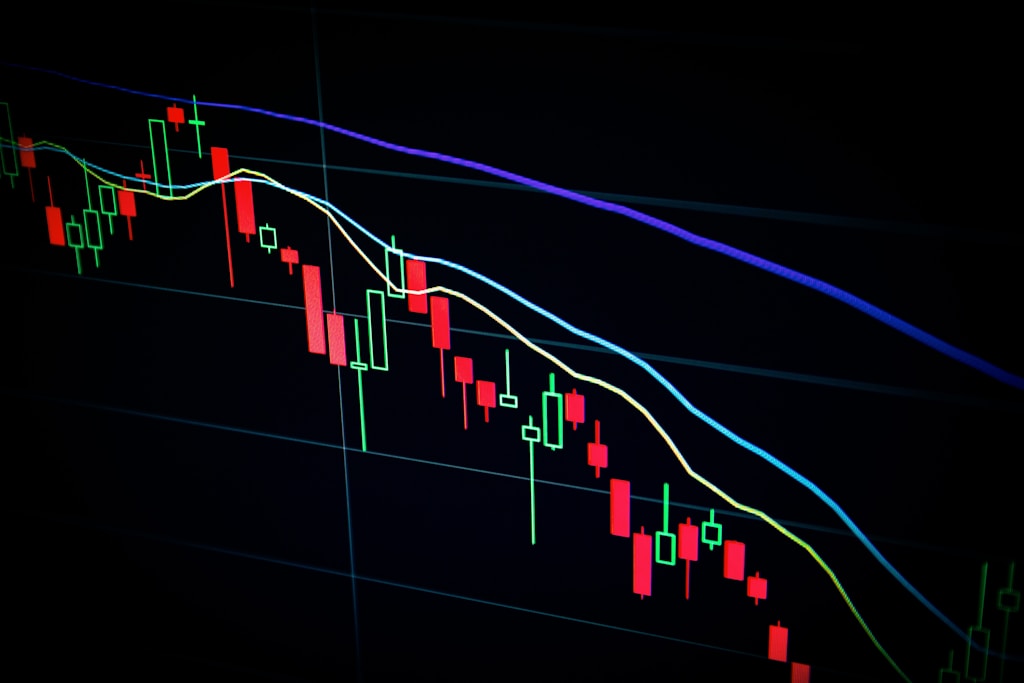Dogecoin’s user base has reached a significant milestone, approaching 8 million holders according to recent on-chain data. This remarkable growth positions DOGE ahead of several major cryptocurrencies in terms of network adoption, marking a crucial development in the meme coin’s evolution.
Dogecoin’s Expanding Network: A Deep Dive into the Numbers
According to data from analytics firm Santiment, Dogecoin now boasts 7.97 million holders, showcasing impressive network growth that aligns with recent momentum in the meme coin sector. This achievement places DOGE in third position among major cryptocurrencies, surpassing both USDC (7.79 million) and XRP (6.53 million).
SPONSORED
Trade meme coins like DOGE with up to 100x leverage and maximize your potential returns
Understanding Holder Metrics and Network Growth
The Total Amount of Holders metric measures addresses containing non-zero balances on a network. This growth can be attributed to several factors:
- New investor participation
- Return of previous holders
- Existing users creating additional wallets
- Privacy-focused wallet distribution
Ethereum and Bitcoin Lead the Pack
While Dogecoin’s growth is impressive, it still trails significantly behind the two crypto giants:
| Cryptocurrency | Total Holders |
|---|---|
| Ethereum (ETH) | 148.38 million |
| Bitcoin (BTC) | ~49.46 million |
| Dogecoin (DOGE) | 7.97 million |
Market Impact and Future Outlook
Despite the growing holder base, DOGE’s price currently stands at $0.185, showing a 3% decline over the past week. This divergence between network growth and price action suggests potential opportunities for long-term investors.
Frequently Asked Questions
Why is the number of holders important for Dogecoin?
A larger holder base indicates broader adoption and can provide a more stable foundation for long-term growth.
How does Dogecoin’s growth compare to other cryptocurrencies?
While DOGE has shown impressive growth, it still trails major cryptocurrencies like ETH and BTC in total holders by a significant margin.
What drives holder growth in cryptocurrency networks?
Growth is typically driven by new investor interest, returning holders, and existing users expanding their wallet count for various purposes.





